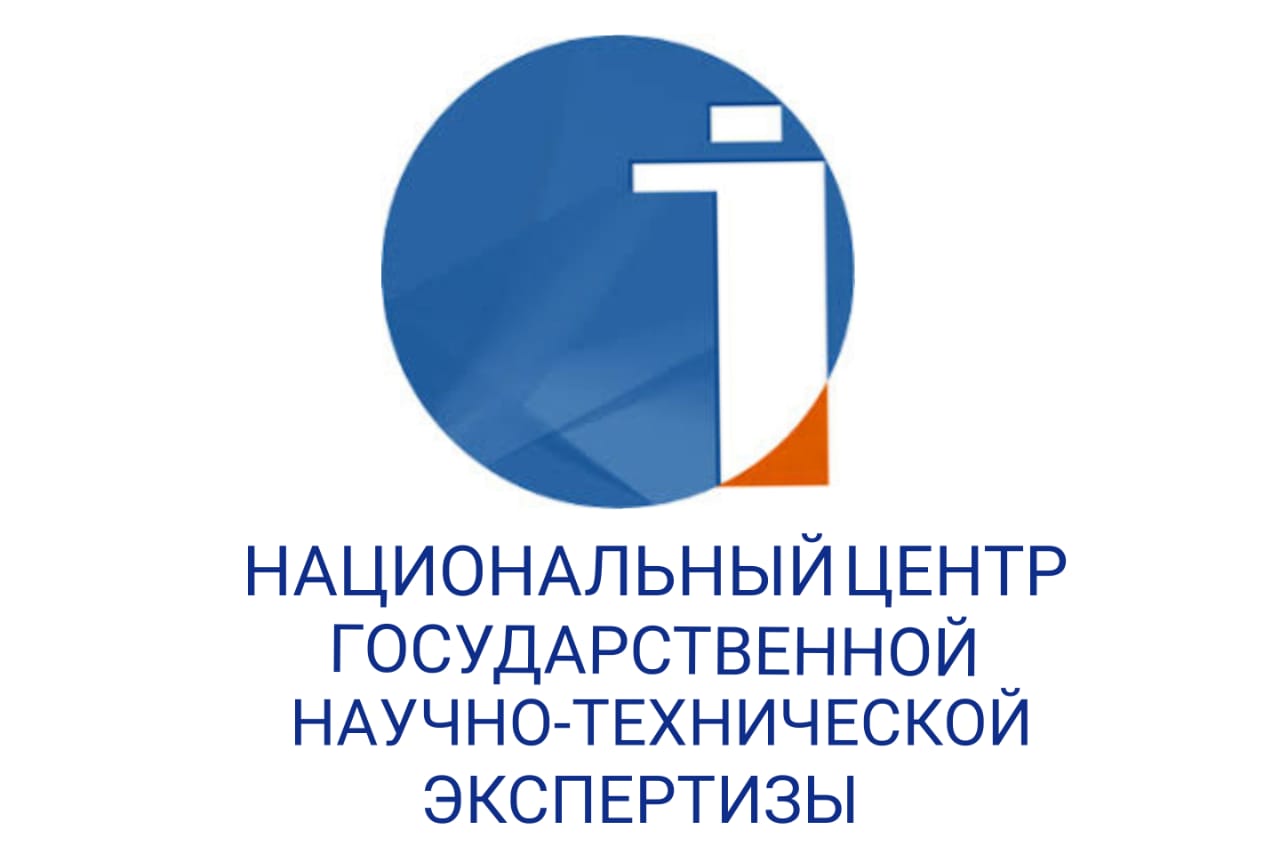APPLICATION OF TV JOURNALISM TERMS: STATISTICAL ANALYSIS AND CONCLUSIONS
DOI:
https://doi.org/10.48371/PHILS.2022.65.2.009Keywords:
terminology, TV journalism, experiment, live broadcast, media, practice, term, linguistics, statisticsAbstract
The article presents the results of the experience carried out by specialists of domestic television journalism in the process of work in order to determine the level of use of colloquial speech, terms borrowed from a foreign language and national terms. Based on audio recordings of performances by creative workers morning program broadcast on one of the republican channels, a quantitative and qualitative analysis of the texts of the transcripts is carried out. In the course of practice, preference is given exclusively to professional opinions of TV project workers, speeches, use of words, orders, tasks, issues related to research work. In the course of the study, an analysis of professional words, phrases, terms used by industry specialists in speech will be carried out, indicators of the use of television journalism terms in Russian, European and Kazakh languages will be presented, linguistic conclusions will be formulated. As a result of the analysis of the quantitative indicator of the text of the transcript, compiled on the basis of the speech of professionals during the live broadcast, statistical data were obtained.
During the period of globalization, a qualitative analysis of the use of new words, industry concepts and language units in the workflow, caused by information-innovative technical changes and scientific discoveries, was carried out. The article also gives the frequency of using terms based on the texts of audio recordings. It is analyzed that the language of the media is the leading force that forms the national ideology, a review of the opinions of domestic and foreign scientists published in different years is given. In the course of the article, the level of the potential for the use of the state language in the process of work of industry specialists will be considered, topical issues of terminology will be touched upon, conclusions and recommendations will be given depending on the results of the study. The article uses the method of observation, the method of description, the method of systematization, lexico-semantic grouping, methods of linguostatistical and structural analysis. Linguistic analysis and conclusions drawn in connection with the results obtained in the framework of practice are of great theoretical and practical importance for the national terminology industry. The results of the study can be used as an informational, scientific basis for the upcoming work on the creation of a television dictionary.








